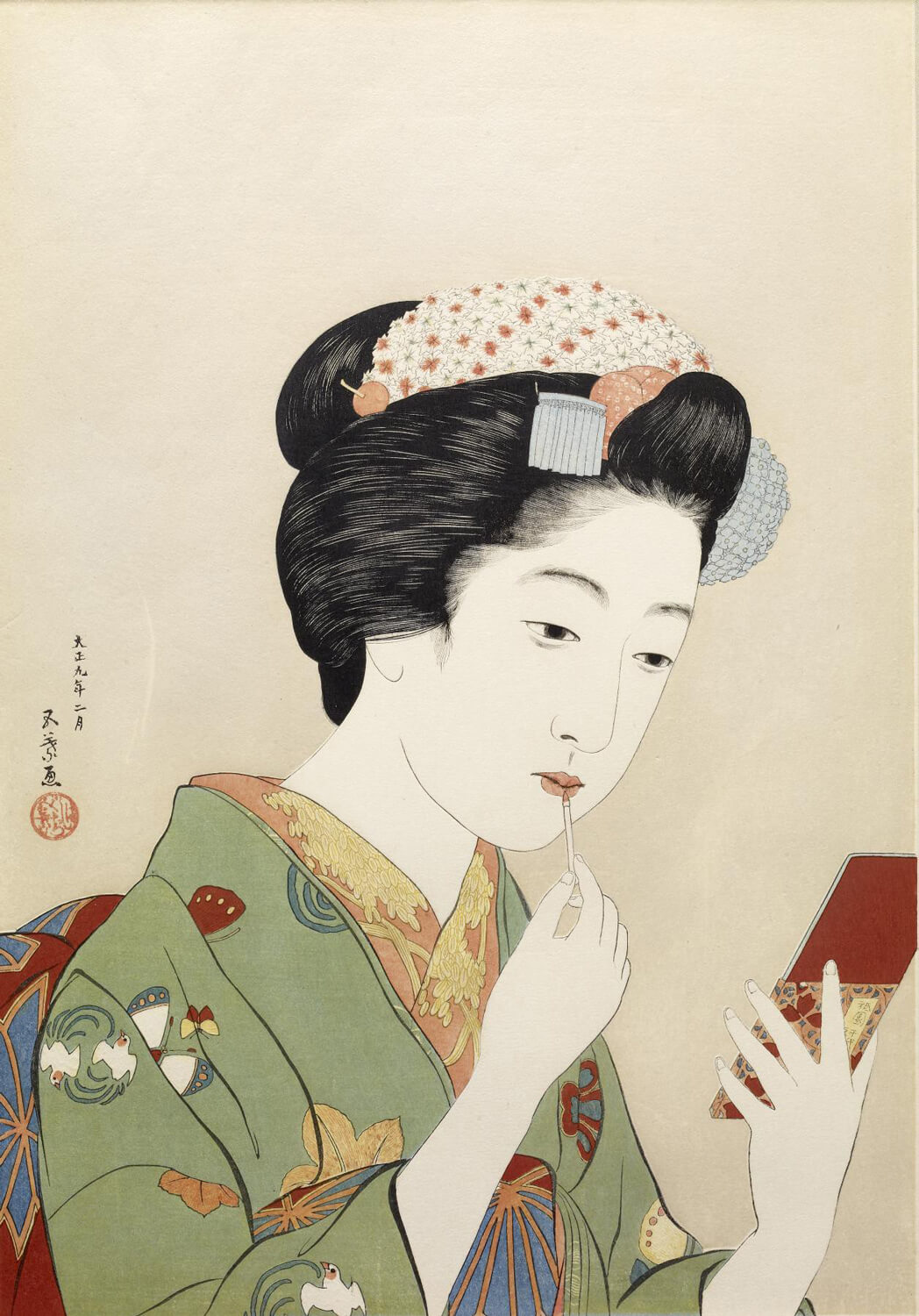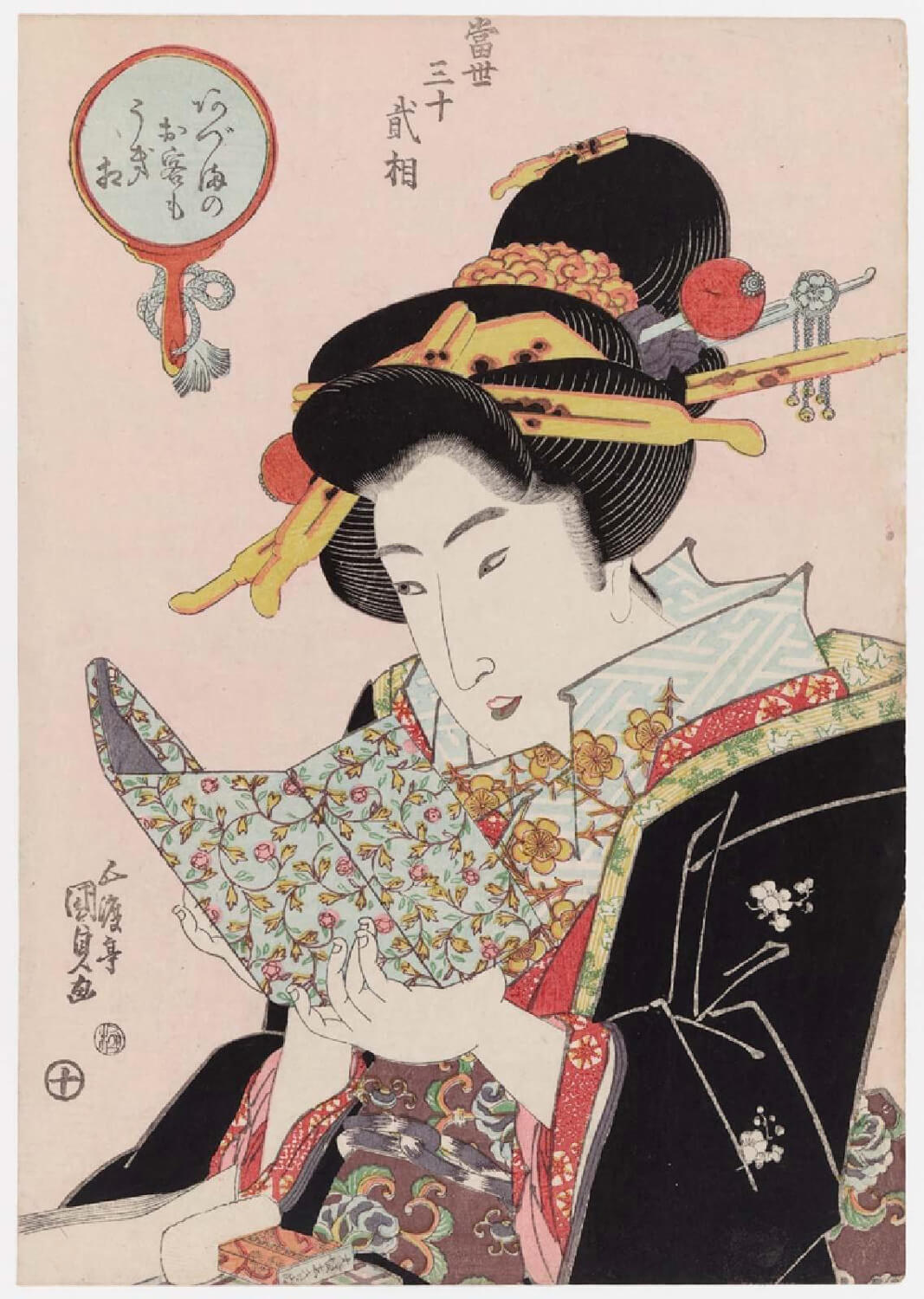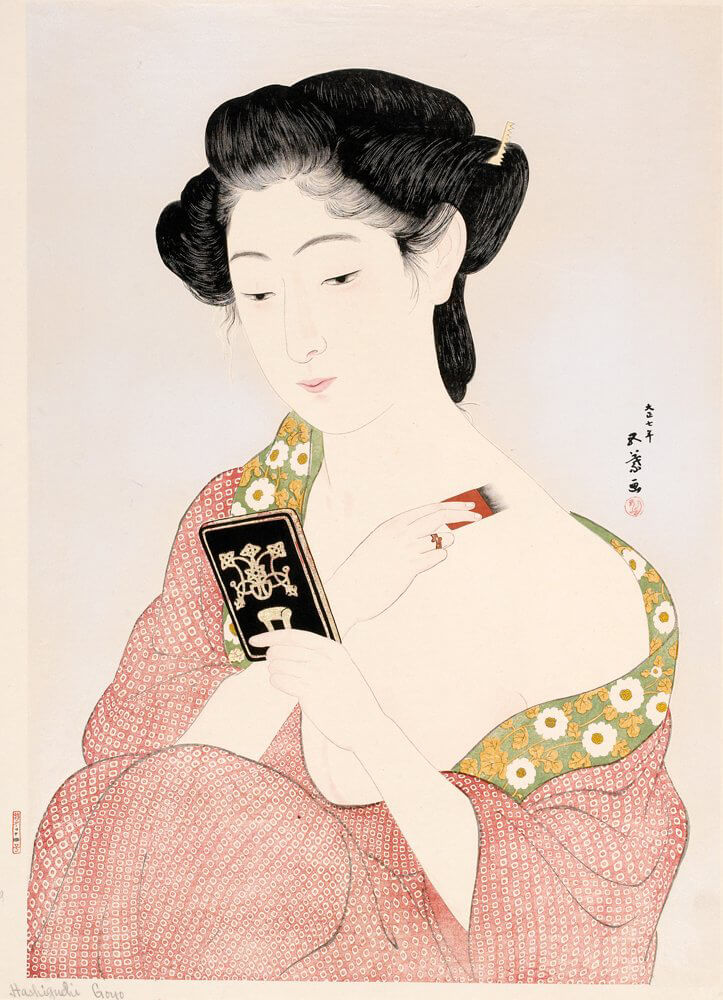Japanese Millennials are Buying and Selling Second-Hand Makeup

Gift from the Erna and Charles Bertram Hoffberger Collection, 2011
For a few years now, fashion has been more environmentally-aware, but who would have thought that, after the emergence of selling second-hand clothes and accessories, the beauty industry would follow the same economic model? Indeed, it seems as though the cosmetics sector is opening the doors to a new era in Japan, one where people are choosing to buy second-hand products.
Known for its beauty brands that combine science and nature, such as Shiseido, SK-II and Shu Uemura, Japan is now considered one of the most developed countries in the cosmetics industry. With the birth of social media and the rise of self-staging, the Western world has been able to discover the beauty routines of their Japanese counterparts through video tutorials. These videos have shown them that the Japanese choose quality, expensive products.
Ones Millennials can barely afford. Lindsay Azpitarte, Marketing Director for EMEA at Shiseido recently told Fashionnetwork: ‘Millennials have clearly become a priority topic for the brand on a global level’. This ultra-connected generation is contributing considerably to the transformation of the makeup sector, and the latest big trend in this area is the reuse of products.
Indeed, although Japanese women may be known for their interest in their appearance, it seems as though Marie Kondo’s declaration that ‘getting rid of possessions is a virtue’ has inspired buyers. Thus, we note the recent growth of the website Mercari, which specialises in reselling second-hand cosmetics. This new trend certainly advocates more responsible consumption, but is it hygienic?
According to Businessoffashion, the hygiene level of beauty products always leaves a lot to be desired, even in the biggest stores and regardless of the brand. Therefore, if the makeup being resold hasn’t past its expiry date, reusing it does not increase the risk of allergies, whether skin-related or otherwise. This new practice is particularly popular with beauty YouTubers and Instagrammers, the magazine points out. It’s also an ideal solution for makeup influencers who want to get rid of the huge number of products that brands have sent them.
If brands want to continue to win over Millennials, it is therefore clearly in their interest to rethink their pricing strategy. Shiseido has already done so by launching ‘Recipist’ in 2017, its new, lower-cost product line aimed at Millennials and sold only on their website. This just goes to prove that the rise in second-hand purchasing is already starting to shake up well-known brands.

Nellie Parney Carter Collection—Bequest of Nellie Parney Carter

TRENDING
-
Hiroshi Nagai's Sun-Drenched Pop Paintings, an Ode to California
Through his colourful pieces, the painter transports viewers to the west coast of America as it was in the 1950s.

-
A Craft Practice Rooted in Okinawa’s Nature and Everyday Landscapes
Ai and Hiroyuki Tokeshi work with Okinawan wood, an exacting material, drawing on a local tradition of woodworking and lacquerware.

-
The Tattoos that Marked the Criminals of the Edo Period
Traditional tattoos were strong signifiers; murderers had head tattoos, while theft might result in an arm tattoo.

-
David Bowie Dressed by Kansai Yamamoto
The English singer was strongly influenced by 'kabuki' theatre and charged the Japanese designer with creating his costumes in the 1970s.

-
‘Seeing People My Age or Younger Succeed Makes Me Uneasy’
In ‘A Non-Conformist’s Guide to Surviving Society’, author Satoshi Ogawa shares his strategies for navigating everyday life.





